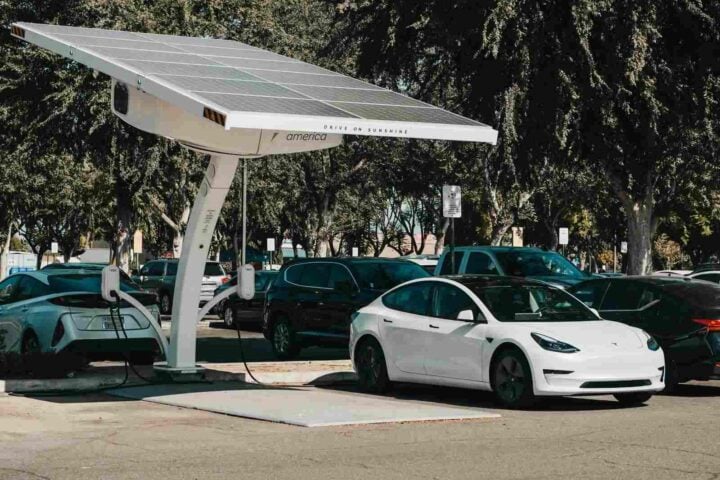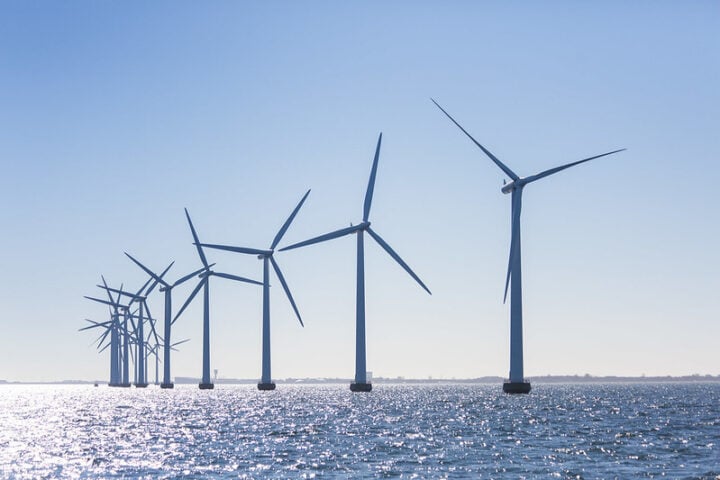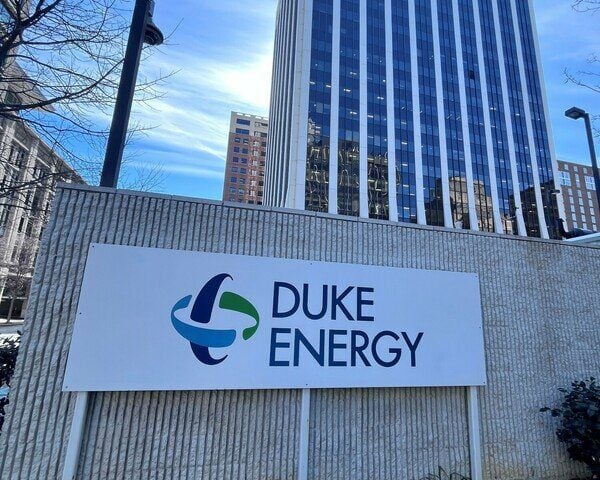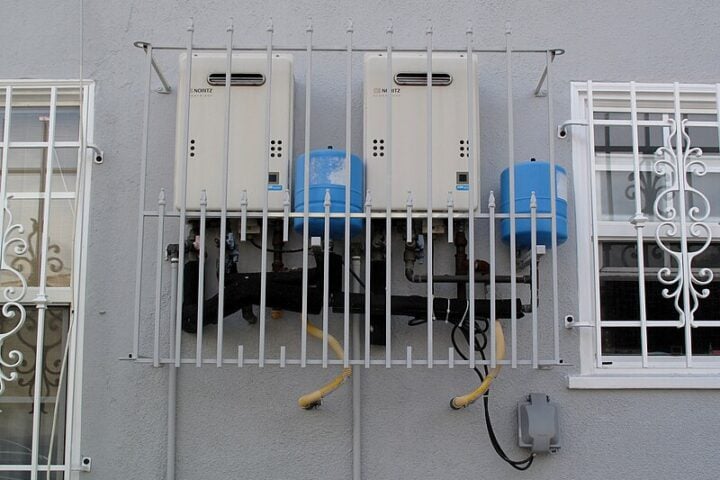The BIO128 research group at the University of Córdoba has been investigating mutualistic relationships where algae and bacteria benefit from their union, resulting in the production of green hydrogen and biomass, while simultaneously decontaminating the wastewater in which they grow. They have now discovered a team consisting of an algae and three bacteria that, when working together, can produce green hydrogen, grow together, producing biomass that can later be valued, and at the same time, decontaminate the wastewater in which they thrive. This winning combination is made up of the model algae Chlamydomonas reinhardtii and the three bacteria Microbacterium forte sp. nov., Bacillus cereus, and Stenotrophomonas goyi sp. nov. The green hydrogen production obtained is the highest reported for any algae-bacteria combination.
The bacterium M. forte helps the algae Chlamydomonas to generate green hydrogen. Including the other two bacteria in the team ensures that, while green hydrogen is being produced, both the bacteria and the algae grow, thus producing biomass that can also be revalued as fuel or an energy source. “This consortium is better because it is more lasting; you can grow it and obtain hydrogen and biomass for a long time, unlike other consortia,” researcher David González elaborates. “We also discovered that Microbacterium forte and Stenotrophomonas goyi need vitamins (biotin and thiamine) and reduced sources of sulfur to grow, and what Chlamydomonas surely does is provide them with those nutrients that bacteria need to grow.” Thus, the bacteria benefit from the relationship with the algae to grow and provide the CO2 and acetic acid that the algae requires to grow and produce green hydrogen.
Similar Post
In this win-win relationship, the water and the environment also benefit. These consortia are cultivated in wastewater, using these residues to grow and performing water bioremediation tasks. This specific consortium has been tested in synthetic wastewater that mimics lactic residues, including, for example, lactose. As another author, Neda Fakhimi, points out, “our approach also harnesses the potential of using waste materials as a source of nutrients, thereby facilitating renewable and sustainable biohydrogen production. With the advantage that this consortium has a hydrogen production approximately ten times greater than that of the previous ones”
“This consortium came about thanks to a fortuitous contamination of a Chlamydomonas culture in the laboratory, which led to the discovery and sequencing of the genome of two new bacteria: Microbacterium forte and Stenotrophomonas goyi,” explains researcher Alexandra Dubini, also an author of the work. “We realized that the contaminated culture produced more hydrogen than those that were not, and from there we followed up and saw that there were three bacteria,” reiterates David González.
Thus, in addition to advancing the search for biological and sustainable methods to produce green hydrogen, this work also results in the genomes of these two newly discovered bacteria.


















